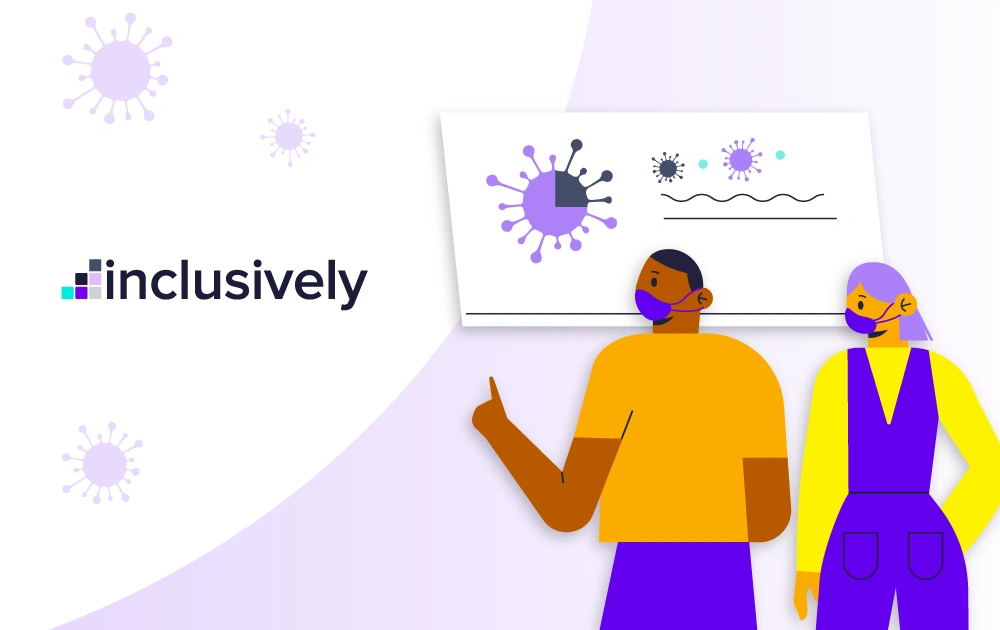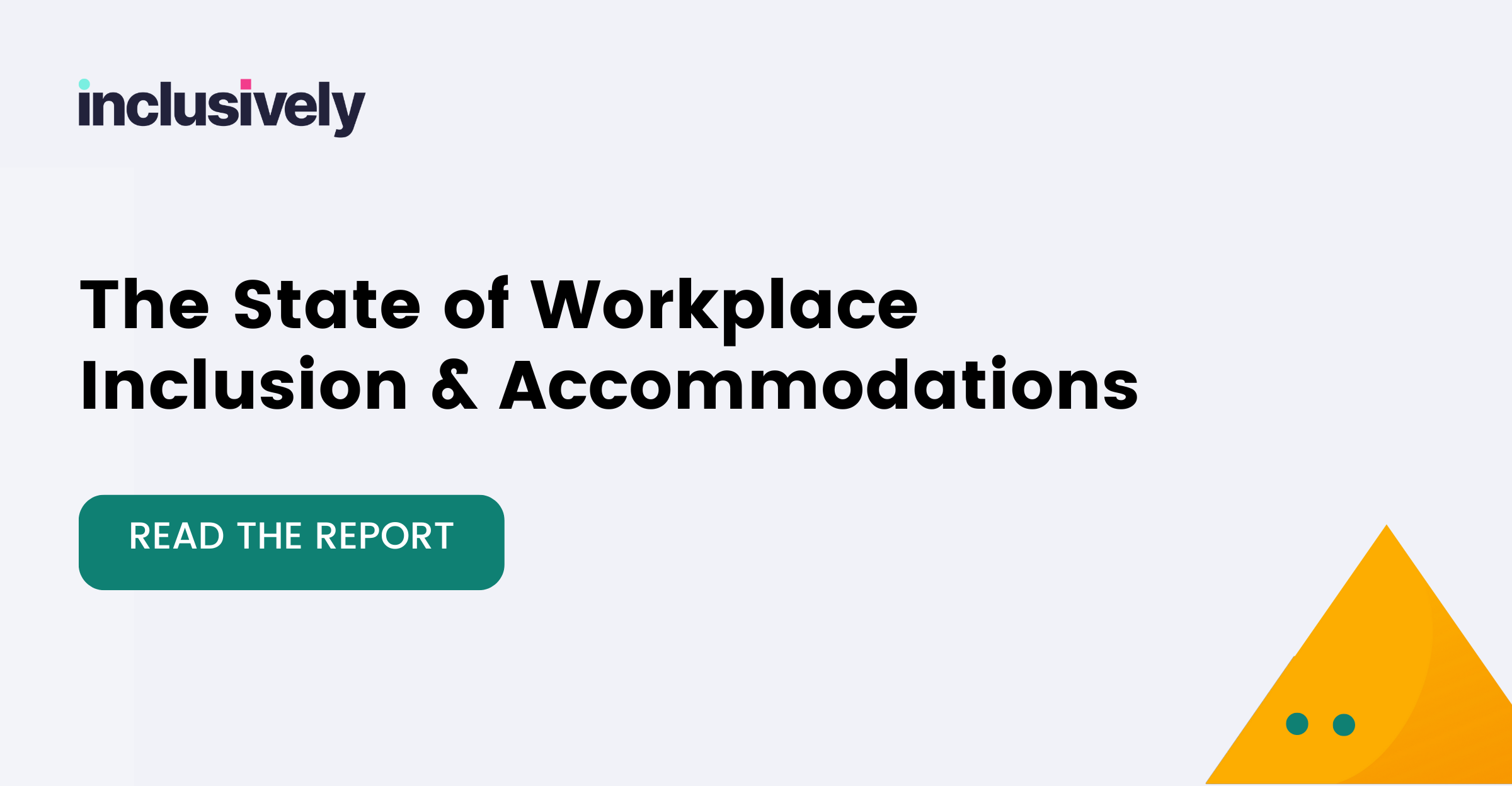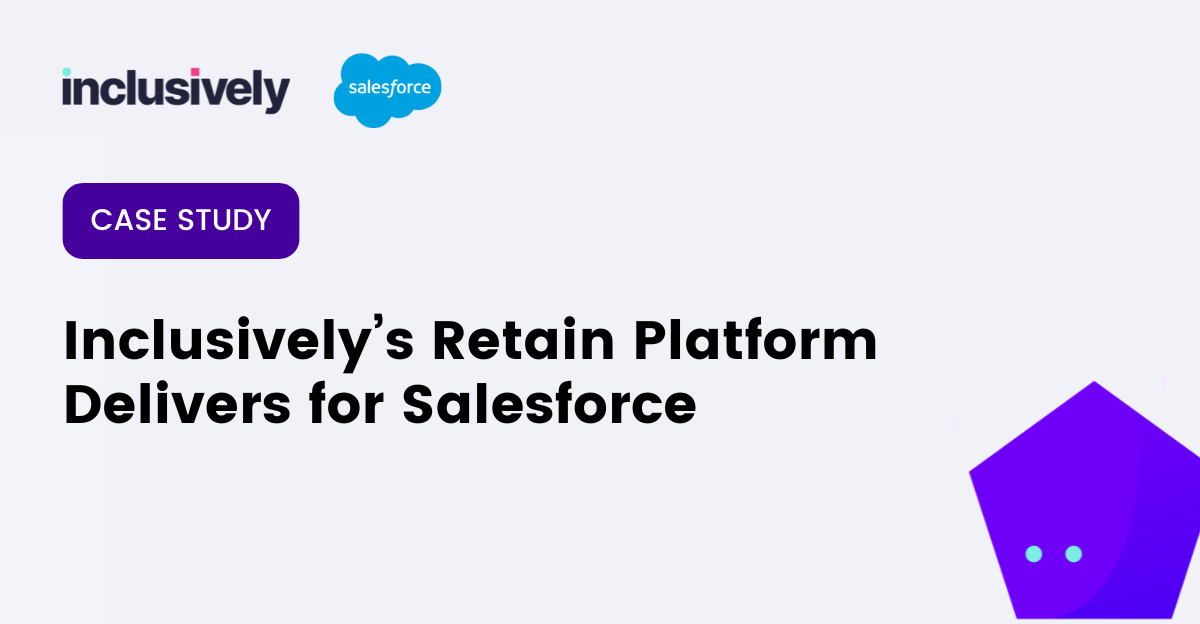Part 3 of 3
One question has remained consistent over the last two-and-a-half years: what’s fueling the ongoing labor shortage? We know that 3.5 million mothers left their jobs in 2020, and one million of those women have not returned, most citing the need to care for children or other loved ones. We also know that more than 3 million Americans retired early. And then there’s the more difficult question to gauge: how many workers has the US lolong COVID is something all employers need to take into considerationst to COVID deaths and long COVID, and will the trend continue?
The Brookings Institute estimates that as many as 16 million working-age Americans – about 8% of the adult workforce – have long COVID right now, and that as many as four million of those workers are out of work due to the illness, resulting in lost wages of at least $170 billion annually. New research also indicates that adult risk of developing seizure disorders, brain fog, dementia and other mental health conditions remain high two years after recovering from Covid-19.
The impact of long COVID is only beginning to be understood, and all findings suggest that long COVID is something all employers need to take into consideration for the foreseeable future.
Long COVID is a new disease, and we’re all lacking knowledge
Because long COVID is a relatively new phenomenon, very little research has been conducted on it to date, particularly regarding how it will impact workplaces in the long term. One factor that makes long COVID challenging for employers is that the condition is often difficult for employees to identify and doctors to diagnose. There’s no test for long COVID, and many of the symptoms could be caused by other health problems. This can create issues for employees in situations where employers ask for an official diagnosis when providing accommodations. This is why Inclusively has partnered with Health Literacy Media to develop an original research report on this subject, which will be released in October.
Steps you can take now
There are steps employers can take now to make their workplaces more accommodating for those suffering from long COVID – and, for that matter, many other kinds of disabilities. It’s important for employers to nurture an environment in which employees feel comfortable openly communicating about any health issues they’re experiencing that will impact their work performance. Offering flexible work opportunities is hugely beneficial to those suffering from long COVID, as it provides workers with more ability to pace themselves and work when they are most able. Job sharing is another option that may be beneficial – giving two employees the opportunity to share a single set of duties, for example. Adjustments to paid leave policies may also be necessary to accommodate those with long COVID, as well as adding new wellness benefits like telemedicine and mental health offerings. Taking steps now to support employees affected will be beneficial for your business, your employees, and your customers for years to come.
References:
1. Brookings, “New data shows long Covid is keeping as many as 4 million people out of work,” 2022.
2. CDC, “Long COVID or Post-COVID Conditions,” 2022.
3. Harvard Business Review, “Gen Z Employees Are Feeling Disconnected. Here’s How Employers Can Help,” 2022.
A proactive, holistic approach will net better outcomes for organizations and employees
As of today, many employers have not created a holistic approach to supporting employees with long COVID. Due to both the ever-evolving nature of the disease and the reality that workers may choose not to get vaccinated moving forward, creating an employee-wide strategy will ensure that organizations can manage the impact more effectively while also supporting employees throughout their illness, hopefully speeding their return to work.
It’s also important to note that Millennials and Gen Z’ers are fast becoming the dominant cohorts in the workforce, and they expect to have an open dialogue with employers about wellness throughout their careers. When companies are in tune with their employees’ health and wellness needs, they are more likely to have an easier time attracting and retaining top talent.


